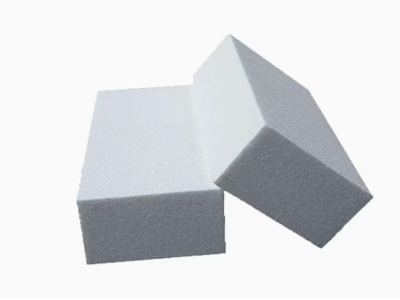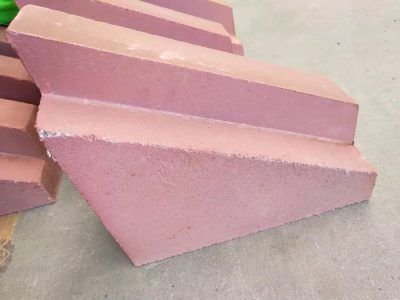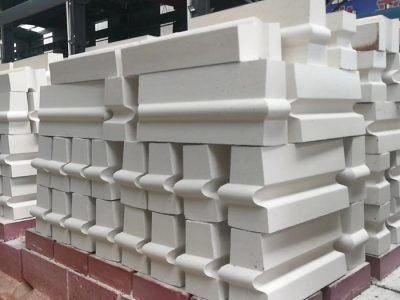Address
Building 1, Zone 1, Greenland Binhu International City, Zhengzhou, Henan, China
Work Hours
Monday to Friday: 9AM - 7PM
Weekend: 10AM - 6PM
Address
Building 1, Zone 1, Greenland Binhu International City, Zhengzhou, Henan, China
Work Hours
Monday to Friday: 9AM - 7PM
Weekend: 10AM - 6PM
In the high-temperature industrial sector, specialty kilns are core production equipment, and their lining materials directly determine their operating efficiency, service life, and production safety.
Corundum bricks, as advanced refractory materials with alumina (Al₂O₃) as their primary crystalline phase, are the ideal guardians of specialty kiln linings thanks to their exceptional high-temperature performance and chemical stability.
Corundum bricks are refractory materials with α-Al₂O₃ (corundum) as the primary crystalline phase. Their alumina content is typically ≥90%, with high-end products exceeding 99%. They are manufactured through sintering or electrofusion processes.

Their core characteristics include the following.
The refractoriness of corundum bricks is ≥1900℃, which is far higher than ordinary clay bricks (1580℃) and high alumina bricks (1770℃). Therefore, they can withstand long-term high temperature without softening.
Its compressive strength remains above 30 MPa at 1600°C, preventing the lining from collapsing under high-temperature loads.
Corundum bricks have good resistance to acidic slag, alkaline melt and metal oxides (such as FeO, CaO), so they are not easy to react with the medium in the furnace.
Corundum bricks have a porosity of ≤18%, effectively preventing molten metal from penetrating and extending the service life of the lining.
Compared to ordinary refractory materials, corundum bricks offer significant advantages.
First, they offer a longer lifespan. In steel heating furnaces, corundum bricks can last up to two to three times longer than ordinary high-alumina bricks, reducing the cost of frequent furnace shutdowns and replacements.

Second, they are widely applicable. They can be used in high-temperature areas (such as the furnace hearth and burners) as well as in critical areas exposed to slag (such as the furnace bottom and slag line).
Third, they can save energy and reduce consumption. Their low thermal conductivity (1.2-1.5 W/(m·K)) minimizes heat loss and reduces energy consumption.
Fourth, they are safe and reliable. They offer excellent thermal shock resistance (≥10 water-cooling cycles at 1100°C), thus preventing cracking caused by sudden temperature changes.
Corundum bricks are widely used in a variety of specialty furnace applications.
Steel Industry: Reheating furnace hearths and soaking furnace linings withstand the friction and oxidation of high-temperature steel billets.
Glass Industry: Melting furnace regenerators and tank walls resist erosion by molten glass and high-temperature erosion.
Environmental Protection: Waste incinerator hearths and secondary combustion chambers resist acidic gas corrosion and high-temperature slag erosion.
Non-ferrous Metals: Aluminum electrolytic cell cathodes and copper reverberatory furnace linings withstand chemical attack from molten metal.
To maximize the performance of corundum bricks, they must be used in accordance with regulations.
First, masonry specifications must be met. High-temperature refractory slurry must be used, and expansion joints of 15-25mm/m must be reserved to prevent cracking caused by high-temperature expansion.

Second, temperature control is crucial. New kilns or those following shutdown should be heated slowly (50-100°C/h) to prevent thermal stress damage.
Finally, regular inspections are essential. Infrared temperature measurement can be used to monitor the lining temperature. If localized erosion or spalling is detected, repair it promptly to prevent further problems.
In short, as the “core lining” of special kilns, corundum bricks have become an indispensable “safety barrier” in high-temperature industries with their characteristics of “high temperature resistance, corrosion resistance, and long life.”
In the future, corundum bricks will help industrial production in a wider range of fields move towards “efficiency, safety, and environmental protection,” continuing to write the legend of “high-temperature guardians.”